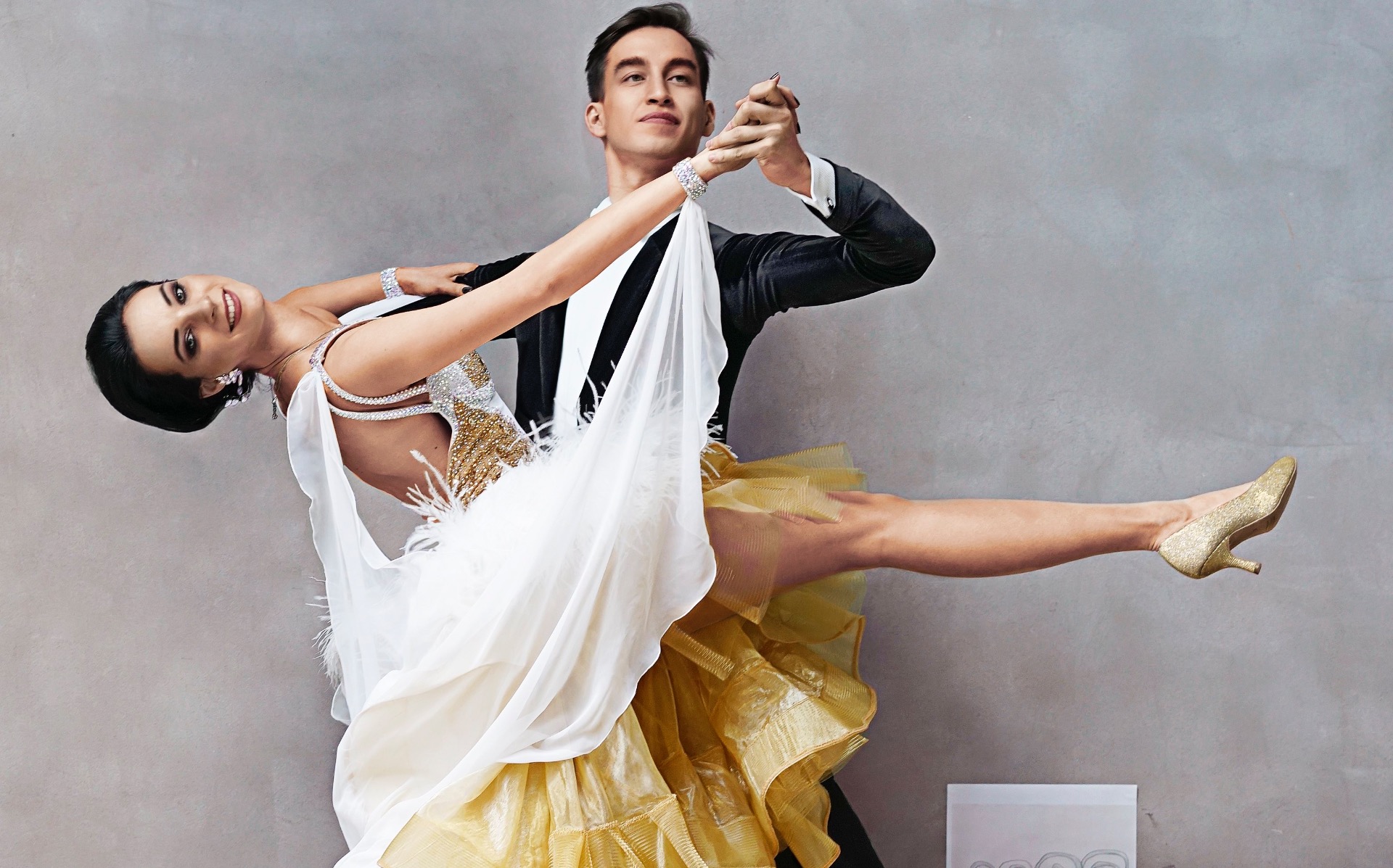If you have an unquenchable passion for dance, helping other dancers share your joy as a ballroom teacher could be the right choice.
Teaching is popular among dancers who have spent years perfecting their technique and professionals looking for a more settled life with less competitive dancing and travel.
Being a ballroom teacher is a beautiful way to share your enthusiasm for dance and might be just a quick step away. Beyond passion, you’ll need some personal skills and some qualifications too.
Find out what it takes to become a successful ballroom dance teacher and how to get the qualifications to see your ambition become a reality.
How Do I Become a Ballroom Dance Teacher?
Any accomplished dancer with technical skill and experience plus a passion for dance can become a ballroom teacher.
Good teachers will always attract pupils. You have multiple teaching options, whether introducing youth to ballroom dancing, working with hobbyists interested in ballroom dancing, or training aspiring dancers to become professionals.
Most dance teachers also have recognised qualifications, which they acquire certification through preparation, teaching practice and exams.
However, the best teachers can communicate a passion for dance that you can't teach. It takes years of dedication to bring out the best potential in students and transform them into professionals.
What Qualifications Do I Need to Become a Ballroom Dance Teacher?
The type of qualification you need depends upon what you want to teach and where.
To land a teaching job in a private school, you’ll usually need a degree in dance or the performing arts and a degree to teach secondary education, such as a PostGraduate Certificate in Education through a dance teaching programme.
Teaching dance lessons privately or running classes locally in your community, in contrast, doesn’t demand any formal qualifications. However, even experienced dancers will opt to attend a course and gain a certificate to demonstrate credibility.
The International Dance Teachers’ Association (IDTA) is one choice of a professional body that offers training and professional qualifications.
They also advise on other aspects such as specialist insurance and the safeguarding requirements which should be in place when teaching children.
How Long Does It Take to Become a Ballroom Dance Teacher?
Generally, it takes two to four years to acquire a teaching qualification and enough experience to become a ballroom dance teacher.
However, the time it takes to become a ballroom teacher depends upon the dance you want to teach and your pre-existing experience. It also depends upon the level you aspire to attain.
Another factor is how you want to learn. Courses can be more condensed and intensive, whereas some training is modular to fit in around work commitments or family life.
It can be a lifetime's journey if you want to go on to more advanced teaching qualifications.
Important Tips for Becoming a Ballroom Dance Teacher
It doesn’t always follow that just because you are good at dance, you’ll want to teach it or even that you’ll make a good instructor.
Successful teachers have practical communication skills as well as sound technical knowledge, technique, and experience and can articulate this to their students.
Busy teachers are in the studio conducting lessons for between five and eight hours a day, so if you plan to carry on dancing competitively and training yourself, this is a full-time commitment.
You’ll spend most of your day dancing and sharing it with others. You’ll also need to keep your skills to a standard, so teaching dance isn’t for a dancer ready to hang up their ballroom shoes.
The best teachers are current and actively involved in dance themselves. Good technical knowledge is essential to being able to explain how dance works.
If unsure of your fit for the teaching life, start part-time instruction or work alongside an established dancing teacher. You’ll see what’s involved and whether you think it suits you.
If it’s hard to gain experience at your local dance school, put together some community classes. It’s easy enough to hire a local hall to hold some sessions. Put the word out on social media.
Autumn is always a good time to attract people’s interest, as this is when “Strictly Come Dancing” starts the new series on the BBC. There’s always a flurry of interest in dance classes at this time of year.
Explore Supadance’s Range of Teaching & Practice Dance Shoes
Qualifying as a ballroom teacher opens up many opportunities, whether you plan to teach in a state or private school, run local classes in your town, or even harbour ambitions of opening a school of your own one day.
Your perfect partner in the training studio is, of course, the perfect pair of ballroom shoes. Shop the Supadance range of teaching and practice shoes designed for teachers and students alike.
Our durable and robust ballroom shoes are designed for comfort and the hours of dedication required to train students. Look after your dancing feet with Supadance.

